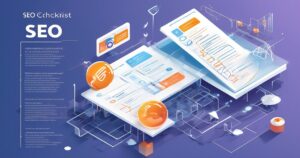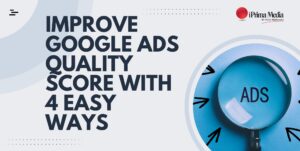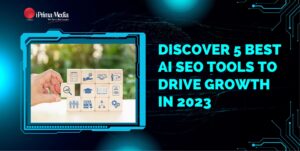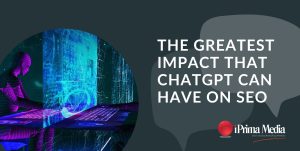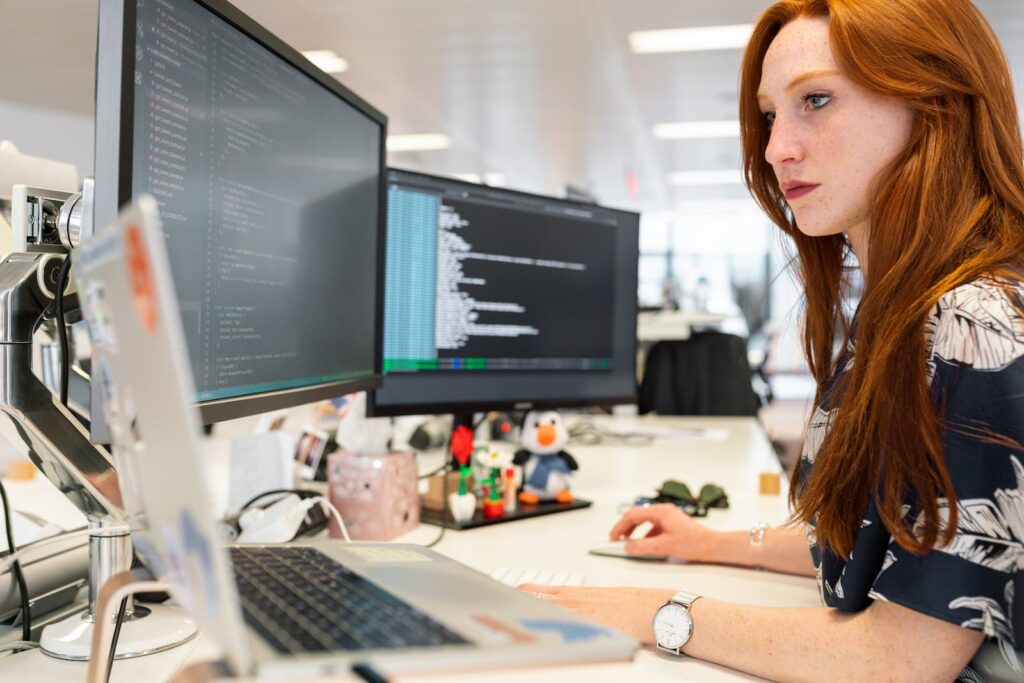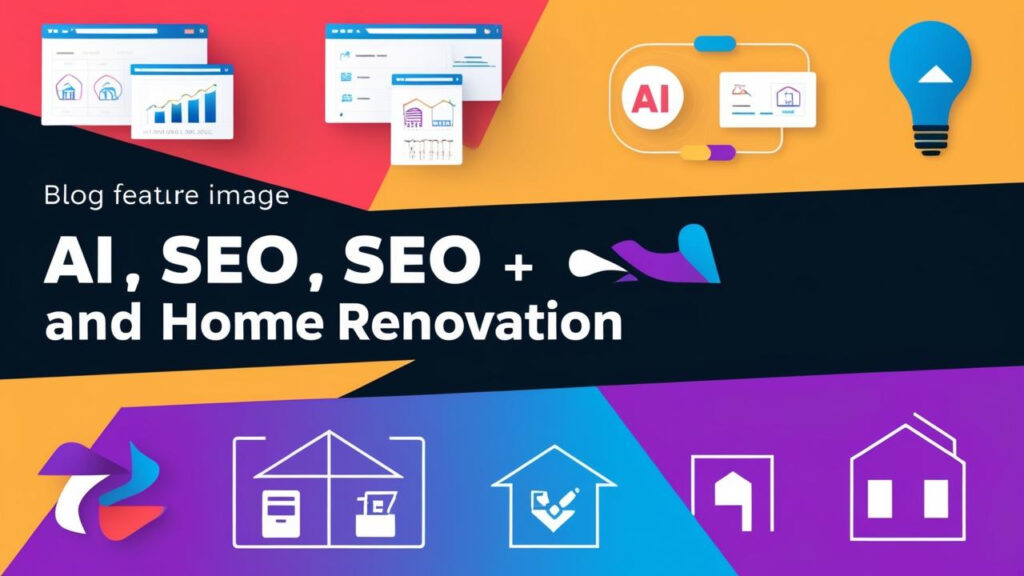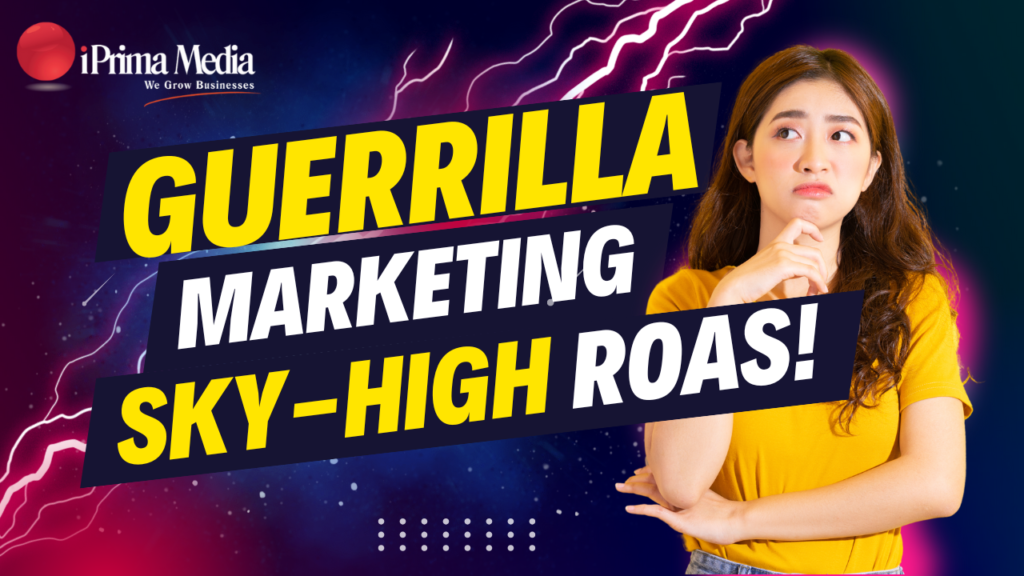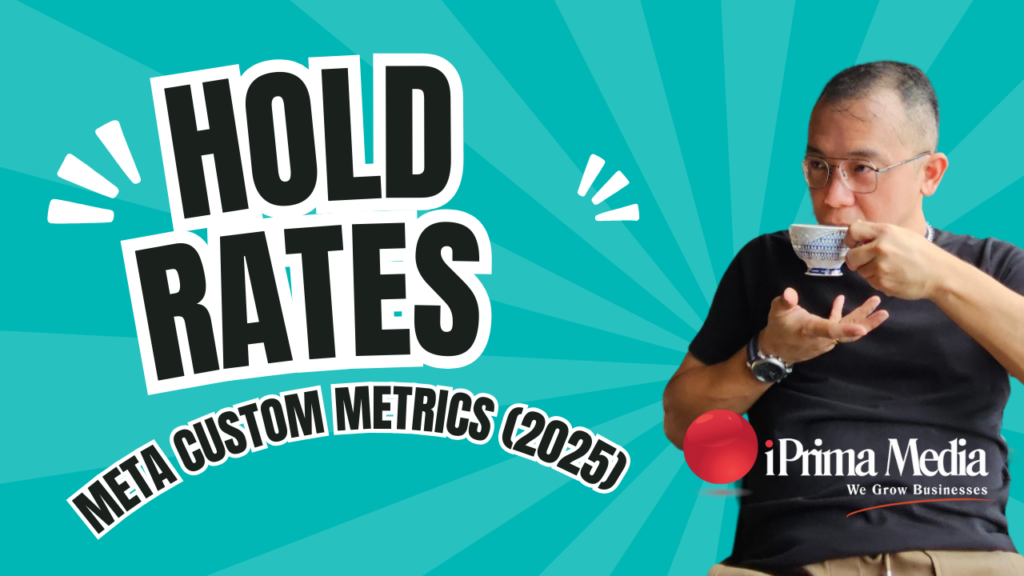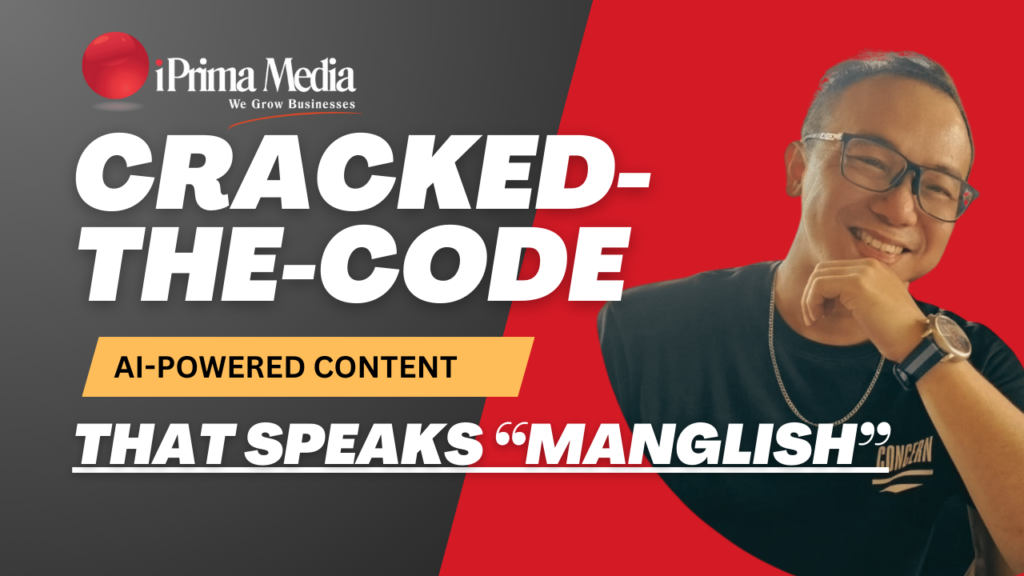Dominate Search: AI Image SEO Power Move💪
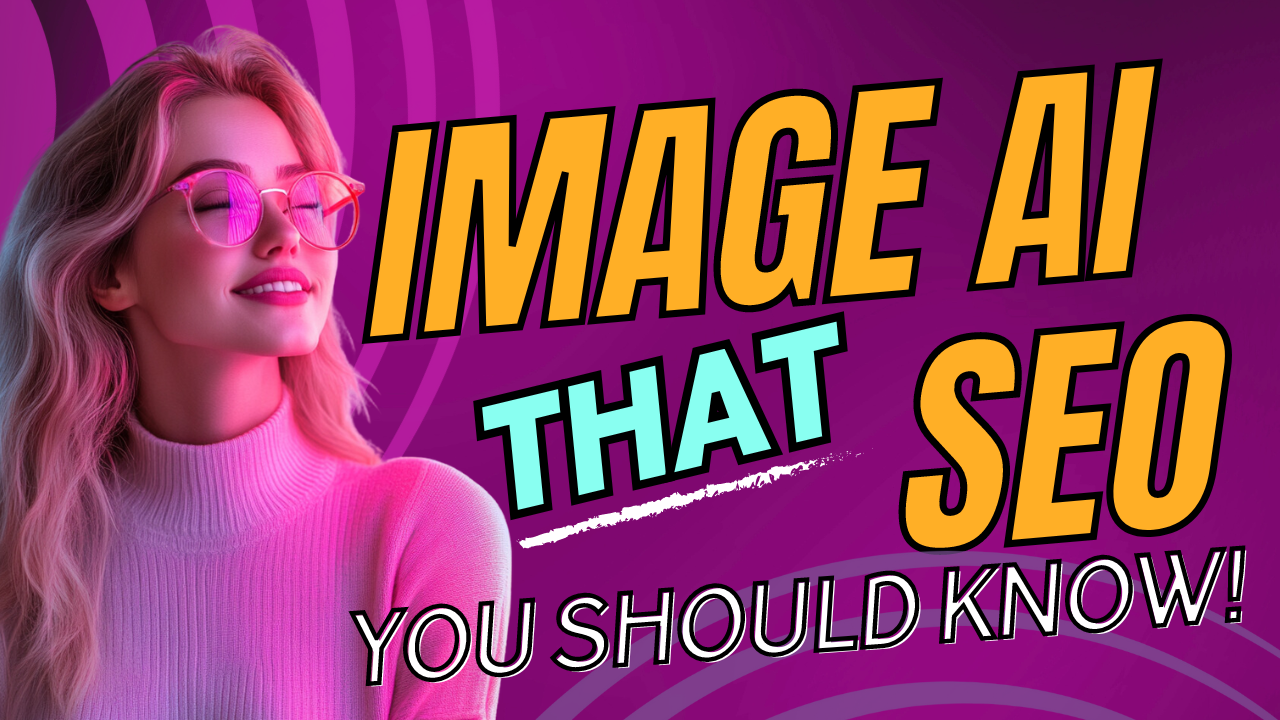
You've likely heard a lot about SEO, but have you delved into the realm of image SEO? A well-designed website should incorporate unique images and a comprehensive sitemap to avoid a monotonous user experience, especially if it features a blog. Including images and thumbnails in your articles not only brings your content to life but also significantly enhances your website's SEO.
However, image SEO goes beyond merely inserting images into your website or articles. Proper optimization is crucial to boost your search traffic; otherwise, unoptimized images can slow down your site, causing your target audience to abandon your pages.
Search engines can't interpret images without alt text. Optimizing your images can lead to a better user experience, faster loading times on your website pages, and a higher likelihood of ranking well. Image SEO is becoming a pivotal element in any comprehensive SEO strategy.
TRENDING Hot AI IMAGE SEO HACKS
New technologies are changing the way images are optimized for search engines, and artificial intelligence (AI) is leading the way. Using AI tools can greatly improve your image optimization efforts and give you a competitive advantage.
As businesses work to improve their online presence, AI-powered image SEO techniques are essential for staying ahead. Let's take a look at some popular AI image SEO strategies that can boost your website’s rankings and performance.
1. Automated Image Tagging and Categorization
Harnessing the power of AI for automatic image tagging and categorization can drastically reduce the time spent on manual efforts. Machine learning algorithms can analyze an image, understand its content, and generate highly relevant tags and categories. This optimization ensures that images are accurately indexed by search engines, improving their visibility.
2. Dynamic Content Delivery Networks (CDNs)
Dynamic CDNs integrated with AI enhance image delivery by adapting to user behavior in real-time. These networks can analyze which images attract more engagement and intelligently serve optimized versions based on user preferences and device types. Faster image delivery enhances user experience, encouraging longer site visits and higher search rankings.
3. AI-Powered Alt Text Generation
AI tools can generate alt text for images with remarkable precision. By utilizing natural language processing, these tools can describe the content of an image more effectively than manual descriptions. This not only aids in better indexing by search engines but also improves accessibility for visually impaired users, fostering a more inclusive web presence.
4. Intelligent Image Compression
Image size is a critical factor in page load speed. AI-driven compression tools can reduce image file sizes without compromising quality. By analyzing the content and context of the image, these tools apply the most efficient compression techniques, ensuring speedy loading times that favor higher search rankings.
5. Enhanced Visual Search Optimization
Visual search is gaining traction as consumers seek more intuitive ways to find products and information. AI can optimize images for visual search by analyzing patterns and features that align with visual search algorithms. Ensuring your images are primed for visual search can increase engagement and attract a significant segment of tech-savvy users.
6. Contextual Image Enrichment
AI technologies can enrich images with additional contextual data, making them more informative and engaging. For instance, integrating geographic markers, time stamps, or related textual information can provide users with a holistic sense of the image. Search engines value this enriched content, often rewarding it with better rankings.
7. Advanced Image Analytics
Utilizing AI for image analytics provides invaluable insights into user interactions with your images. By understanding how users engage with visual content, one can make data-driven adjustments to improve image placement and relevance. Effective use of this data can lead to higher click-through rates and overall improved SEO metrics.
8. Ongoing Optimization and Trend Tracking
AI tools can continuously monitor the performance of your images and adapt strategies based on the latest trends and algorithms. This proactive approach ensures that your image SEO remains current and effective, navigating changes in search engine algorithms with ease.
These AI-driven strategies represent the future of image SEO, offering innovative solutions that blend technology and practicality. By adopting these hacks, businesses can not only enhance their digital presence but also inspire higher engagement and drive superior SEO outcomes.
In the ever-evolving realm of digital marketing, staying ahead of the curve is paramount. Embracing these AI image SEO tips ensures businesses are well-equipped to navigate the complexities of search engine optimization and achieve stellar rankings.

So, how can you optimize your original images to attract more organic traffic to your website? Here are some crucial image SEO tips to provide your target audience with a superior user experience.
- Use Descriptive File Names: Before uploading an image, rename the file to something descriptive and relevant to the content. This helps search engines understand the context of the image.
- Optimize Alt Text: Always include alt text that accurately describes the image. This not only aids in SEO but also improves accessibility for visually impaired users.
- Compress Images: Use tools like TinyPNG or ImageOptim to compress images without losing quality. This ensures faster loading times, which is a critical factor for SEO.
- Leverage AI SEO Tools: Utilize AI-powered tools like Google's Vision AI, Google Images, Google Lens, or Adobe Sensei to analyze and optimize your images. These tools can automatically generate alt text, suggest keywords, and even enhance image quality.
- Use Structured Data: Implement schema markup to provide search engines with more information about your images. This can improve the chances of your images appearing in rich snippets.
- Choose the Right Format: Use appropriate image formats like JPEG for photographs and PNG for graphics with transparent backgrounds. WebP is also a great option for reducing file size without compromising quality.
By following these image SEO tips, you can ensure that your images contribute positively to your overall SEO strategy, driving more organic traffic and providing a better user experience.
How do I optimize my image for SEO?
Optimizing images and SVG files for SEO is a multifaceted endeavor that can significantly enhance a website's visibility and user experience, and one essential aspect to focus on is the image title. By focusing on a few key areas, you can make substantial progress in improving image SEO.
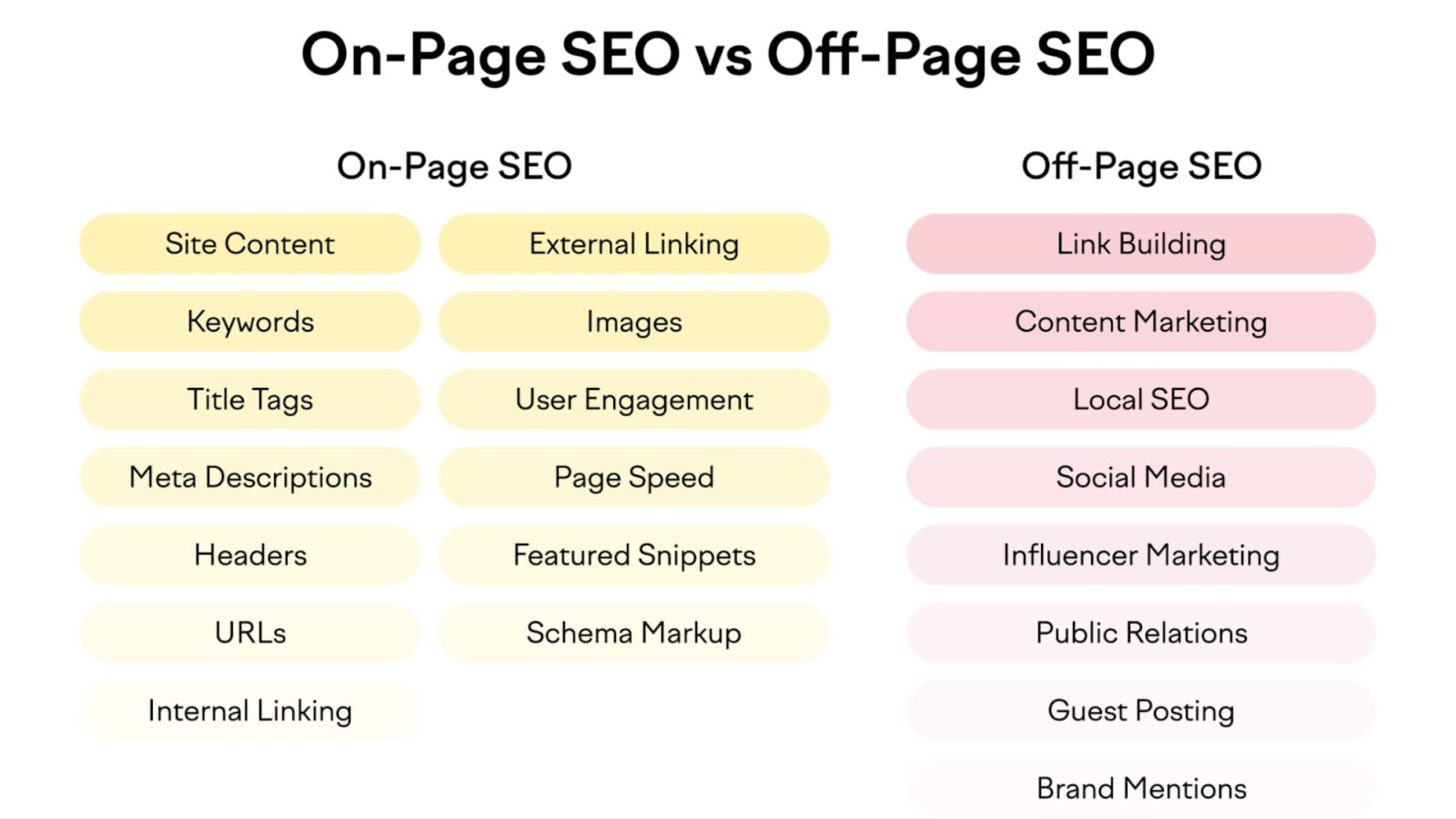
Optimize Images for SEO Using AI Tools
Integrating AI tools into your image SEO strategy can revolutionize the way your website performs, making it a linchpin for securing higher search rankings and improved user engagement. Here are actionable steps to optimize your images for SEO using AI:
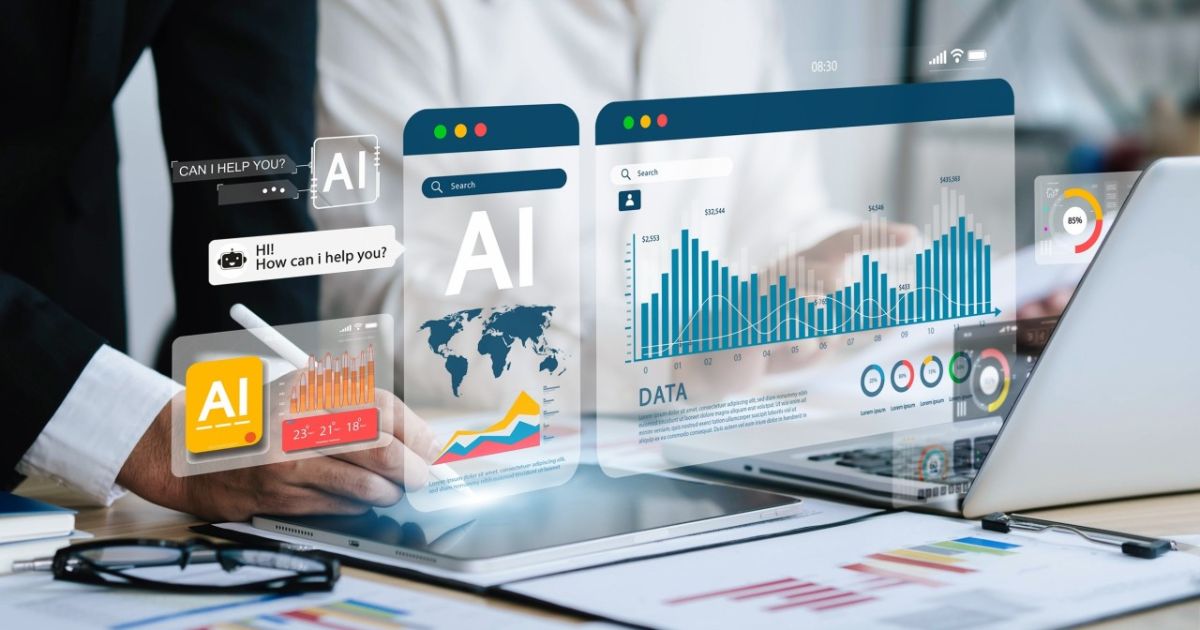
AI-Powered Metadata Generation
Leveraging AI solutions like Google's Vision AI or Adobe Sensei, one can automatically generate metadata for images. These tools can assess the content of original images and provide detailed alt text, title tags, thumbnails, and captions. This automation not only saves time but ensures that the metadata is highly relevant, making it easier for search engines to index your images accurately.

Intelligent Keyword Optimization
AI-driven tools can analyze your images and suggest optimal keywords that can be integrated into your image titles and alt texts. These suggestions are often based on the latest trends and search behaviors, enabling your content to align closely with what users are currently searching for in unique images. By incorporating these recommended keywords, your images can achieve greater visibility.
Automated Image Enhancement
Tools like Prisma or DeepArt can use AI to enhance the aesthetic quality of images. Improved visuals can lead to higher user engagement, which is a significant factor for search rankings. AI can adjust images to suit various formats, resolutions, and even different file types like SVG, ensuring optimal presentation across different devices.
Contextual Tagging and Enrichment
AI can add contextual layers to your images, such as geographic data, thematic elements, or related keywords. This additional context can make your images more informative and relatable, which search engines tend to reward with better rankings. For example, an AI could tag an image of a landmark with its historical significance and location details.
Reverse Image Search Optimization
By optimizing images with AI, you can increase their likelihood of showing up in reverse image searches. Tools like TinEye, Google's Reverse Image Search, Google Lens, or even google images can help identify where your images are being used across the web. This can aid in backlink strategies, further elevating your site’s SEO.
Predictive Analytics for Trends
AI tools can predict upcoming trends related to visual content. Platforms such as Google Trends integrated with AI analytics can highlight which visual elements are gaining traction. By staying ahead of these trends, businesses can tailor their image content to meet emerging user demands, enhancing relevance and searchability.
Real-Time Performance Monitoring
AI tools like SEMrush or Moz offer real-time analytics for tracking the performance of your images. These platforms provide insights on click-through rates, engagement levels, and loading times. By continually optimizing based on this data, you can refine your image SEO tactics to align with ever-changing user preferences and search engine algorithms.
Automated Compliance and Accessibility Checks
AI can also ensure that your images comply with accessibility standards, such as those outlined by the Web Content Accessibility Guidelines (WCAG). Tools like Axe or Wave can automatically verify that images are properly tagged and described, ensuring they are accessible to all users, including those with disabilities.
Content Delivery Optimization
Using AI-enhanced CDNs, you can ensure your images are delivered with the utmost efficiency. These networks dynamically adjust based on user behavior and location, optimizing load times and reducing latencies. This leads to a faster, smoother user experience, which is crucial for maintaining high SEO rankings.
“Remember to take note of some small details regarding AI, image SEO, and other things.”
Firstly, always use descriptive and relevant file names. Instead of generic titles like “IMG1234.jpg,” opt for names that accurately describe the image content and include target keywords. This practice helps search engines understand the image context better.
In addition, it is crucial to ensure that images are properly compressed. Large images can slow down page load times, affecting user experience and rankings. Utilize tools to compress images without compromising quality so they maintain their visual appeal while being quick to load.
Alt tags not only enhance accessibility for visually impaired users but also provide another opportunity to incorporate keywords. Write clear, concise, and keyword-rich alt descriptions for each image to improve their indexing and relevance.
Consider the importance of responsive images. A website with images that adjust correctly across various devices can offer a superior user experience, indirectly boosting rankings. Implementing responsive images ensures that they look great on any screen size, reducing bounce rates and encouraging longer site visits.

What is the best image format for SEO?
When considering search engine optimization for images, choosing the appropriate image format and ensuring a well-structured sitemap is crucial. For superior performance, the WebP format stands out due to its balance of quality and compression.
WebP images typically have smaller file sizes without compromising visual quality. Google supports this format natively.
- Additionally, WebP supports both lossy and lossless compression, offering flexibility based on the website's needs. Lossless WebP maintains image quality while reducing file size, making it ideal for intricate visuals like logos or detailed photographs.
- WebP's compatibility with modern browsers such as Google Chrome and Firefox ensures widespread use without compromising user experience. By choosing WebP, website owners can achieve faster loading times, enhancing user experience and improving search engine rankings.
- Despite WebP's benefits, it's crucial to provide fallback options for older browsers that don't support this format. Using CSS or JavaScript, developers can serve alternative formats like JPEG or PNG when necessary, ensuring accessibility for all users.
JPEG and PNG formats should still be considered for specific use cases. JPEG remains the go-to choice for photographs and vivid images due to its ability to handle detailed and colorful visuals with lossy compression, leading to smaller file sizes. On the other hand, PNG is preferred for graphics, text-heavy images, and images requiring transparent backgrounds, albeit with larger file sizes due to its lossless compression.
While WebP is often the best choice for SEO due to its efficient compression and quality balance, using a mix of formats tailored to each image's purpose ensures the best overall user experience and search performance.
Does image help with SEO?
Incorporating images into a website can significantly enhance its visibility in search engine rankings. They are not just decorative elements but essential components that contribute to a positive user experience, which search engines highly value.
Optimized images with detailed alt-text can reduce page load times, which directly impacts a website’s performance and, consequently, its rankings. Faster loading pages lead to lower bounce rates and higher user engagement, both of which search engines take into account when determining a site’s rank. Thus, image optimization can play a pivotal role in achieving a better search engine placement.
Furthermore, well-optimized images with descriptive alt text can help search engines understand the content of the images, thereby improving the overall relevance of the website. This can be particularly beneficial for image searches, potentially driving more traffic to the site.
Strategic use and optimization of images can greatly influence SEO success. By improving page load speeds, enhancing user experience, and aiding search engines in content comprehension, optimized images ensure a more effective and impactful online presence. Therefore, employing smart image SEO practices is crucial for anyone looking to elevate their website’s search engine performance.
Is PNG or JPEG better for SEO?
For online images, choice matters immensely.
JPEGs are typically favored for their smaller file sizes, which can speed up webpage loading times, especially when images are sourced from platforms like Google Images or analyzed through Google Lens, where thumbnails are commonly used, and the right image title can further help in optimizing image search results.
This characteristic is crucial for enhancing user experience and improving search engine rankings.
Conversely, PNGs offer higher image quality and support transparency, making them ideal for logos and detailed graphics, while SVG files will provide scalable and performance-optimized solutions for vector images.
Quality and speed are critical.
JPEG images compress well without significant quality loss, which is advantageous for web applications where quick loading times are paramount. On the other hand, while PNG files are larger, their lossless compression ensures image fidelity is maintained.
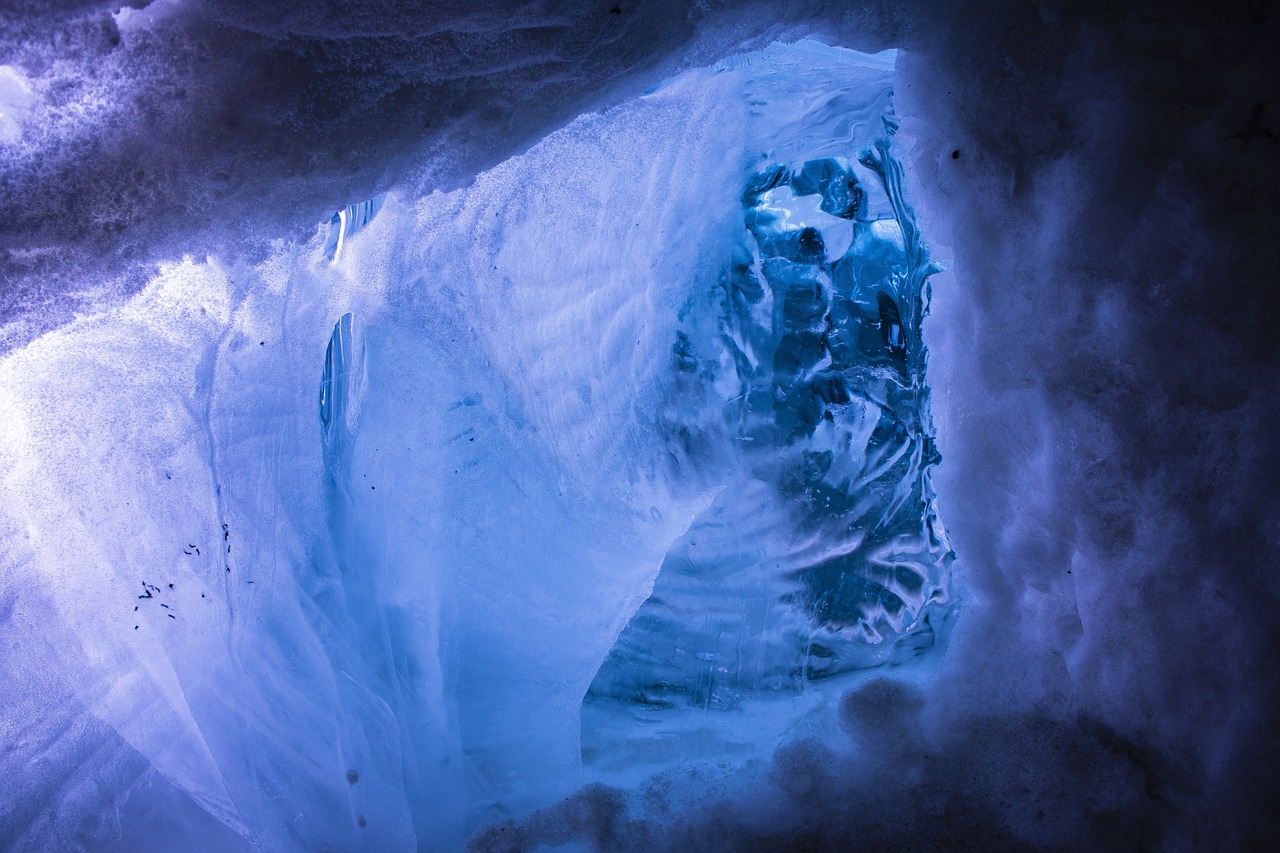
JPEGs: Key Advantages
- Smaller File Sizes: JPEG compression significantly reduces file size, making web pages load faster and improving user experience, which is crucial for SEO.
- Good Quality Compression: Although JPEG uses lossy compression, it maintains a balance between quality and file size, providing acceptable image clarity for most web applications.
- Widely Compatible: JPEG is a universally supported image format, ensuring that images display correctly across all browsers and devices.
- Ideal for Photographs: JPEG is particularly suitable for images with rich color gradations, such as photographs, because it handles complex visual details efficiently.
- Resource-Friendly: Smaller JPEG file sizes require less storage space and bandwidth, which is beneficial for both website performance and cost-effectiveness.
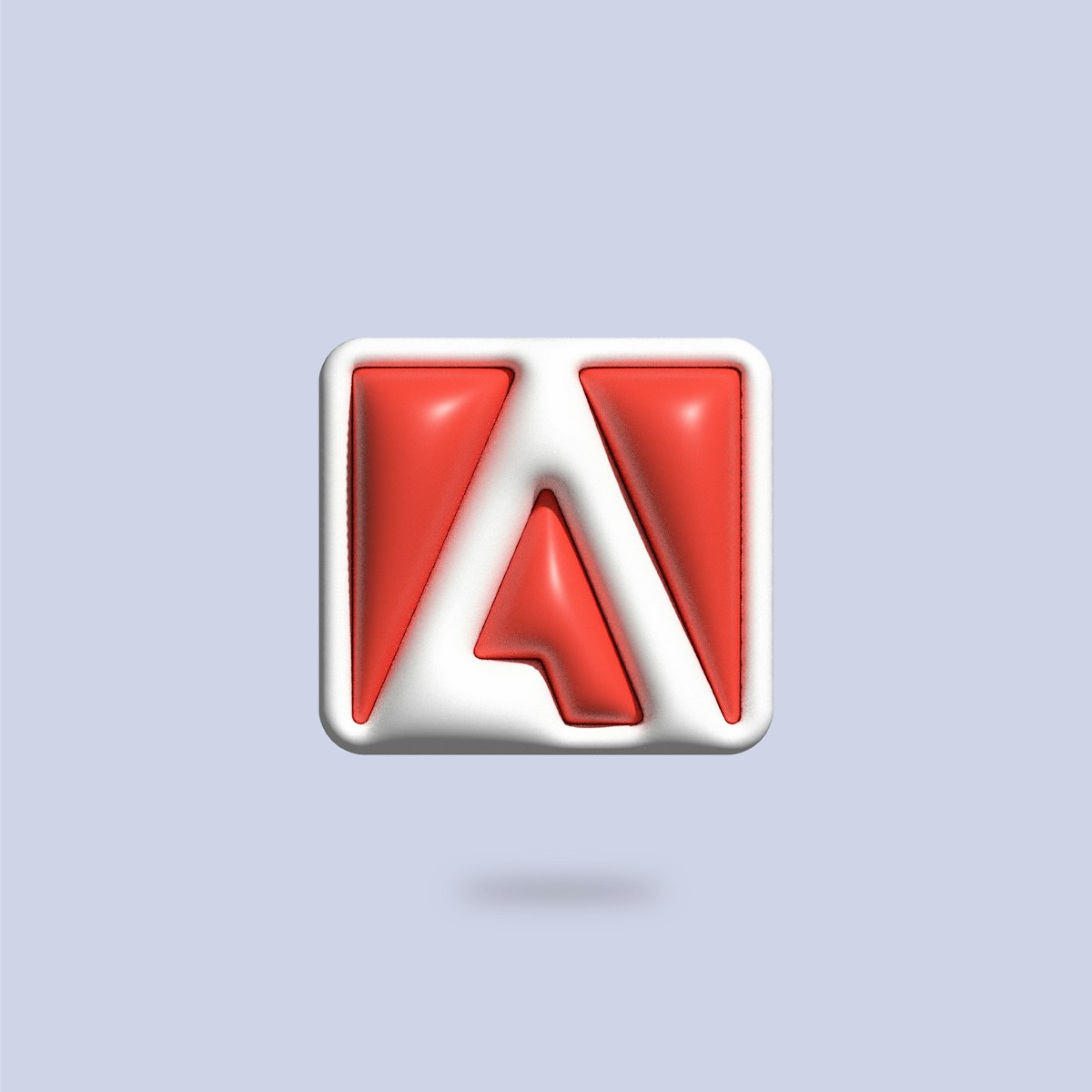
PNGs: Key Advantages
- High-Quality Images: PNGs use lossless compression, meaning no data is lost, preserving the original quality of the image and maintaining the integrity of the original images.
- Supports Transparency: PNGs can handle images with transparent backgrounds, making them ideal for overlays, logos, and icons.
- Detailed Graphics: Better suited for images with text, line art, or detailed graphics, ensuring clarity and precision.
- Lossless Compression: Unlike JPEGs, PNGs maintain all image data, keeping the image crisp and clear even after multiple edits.
- Wider Color Range: PNGs support a broader color range, which is beneficial for images requiring finer color gradients and detailed color play.
When optimizing images for AI-driven SEO, the choice between JPEG and PNG formats plays a crucial role, and having a proper sitemap further aids in efficient search engine indexing. JPEGs are ideal for general photographs and complex images due to their efficient compression, which balances quality and file size. This makes them excellent for enhancing website speed and user experience, both critical factors in SEO.
On the other hand, PNGs are best for images requiring high fidelity and transparency, such as logos or detailed graphics. While they tend to have larger file sizes, their ability to maintain image clarity and support transparent backgrounds makes them indispensable for certain visuals.
Strategically using both formats can optimize SEO performance by ensuring high-quality visuals without compromising website efficiency. JPEGs should be the go-to for most photographic content, while PNGs should be reserved for specific cases where detail and transparency are paramount.
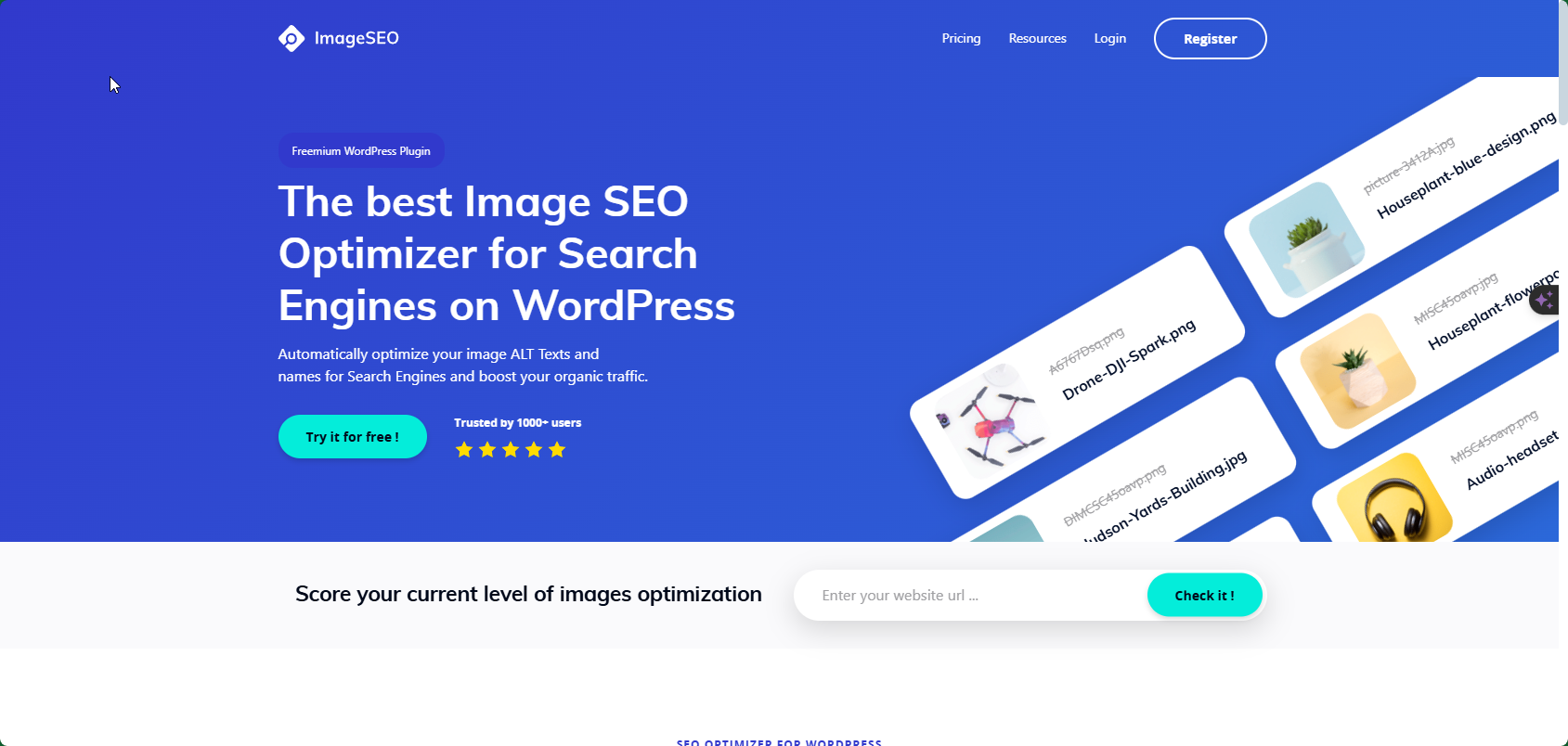
AI Tools for Image SEO
Using AI-powered tools can streamline the optimization process, automating tasks that previously required meticulous manual effort and further enhancing image SEO.
- Google Vision AI: This tool analyzes the content of an image to provide alt-text suggestions, detect prominent image features, and assist in categorizing images, enabling more accurate and effective SEO strategies.
- Adobe Sensei: Adobe's AI and machine learning technology can enhance image quality and automatically generate metadata, including alt text and keywords, which can significantly improve image SEO.
- Cloudinary: A media management platform that uses AI to automatically optimize images for faster delivery without sacrificing quality, and can add structured data to improve search engine understanding.
- Yoast SEO: While primarily known for text SEO, Yoast SEO now incorporates AI-driven image optimization features, providing guidance on best practices for alt text and image tagging.
- SEMrush SEO Writing Assistant: This tool helps writers optimize their images alongside their content by suggesting improvements based on current SEO trends and practices.
- Deep Dream Generator: Leveraging cutting-edge deep learning techniques, this tool can enhance and stylize images in creative ways while ensuring that SEO fine-tuning is not compromised.
- PageSpeed Insights: This Google tool analyzes your webpage's performance, including image load times, and provides actionable recommendations for improving speed and SEO.
- GIMP: A versatile, open-source image editor that enables precise image optimization, from resizing to file compression, ensuring images are SEO-friendly.
- Kraken.io: This powerful image optimization tool offers both lossless and lossy compression options, helping to reduce file size without compromising quality, which is vital for speedy page loading.
- Google Developers: Comprehensive guidelines and best practices from Google for image optimization, covering everything from responsive images to advanced compression techniques.
- TinyPNG: A popular tool that smartly compresses JPEG and PNG images, reducing file sizes while preserving high quality, leading to faster loading times and improved SEO performance.
By incorporating cutting-edge AI tools into our image SEO strategies, IPrima Media establishes a strong foothold in the competitive landscape of search engine rankings. These tools not only guarantee optimized images but also enhance our digital presence significantly. This approach results in an exceptional user experience and boosts organic traffic, solidifying our position as a formidable presence in the market.
